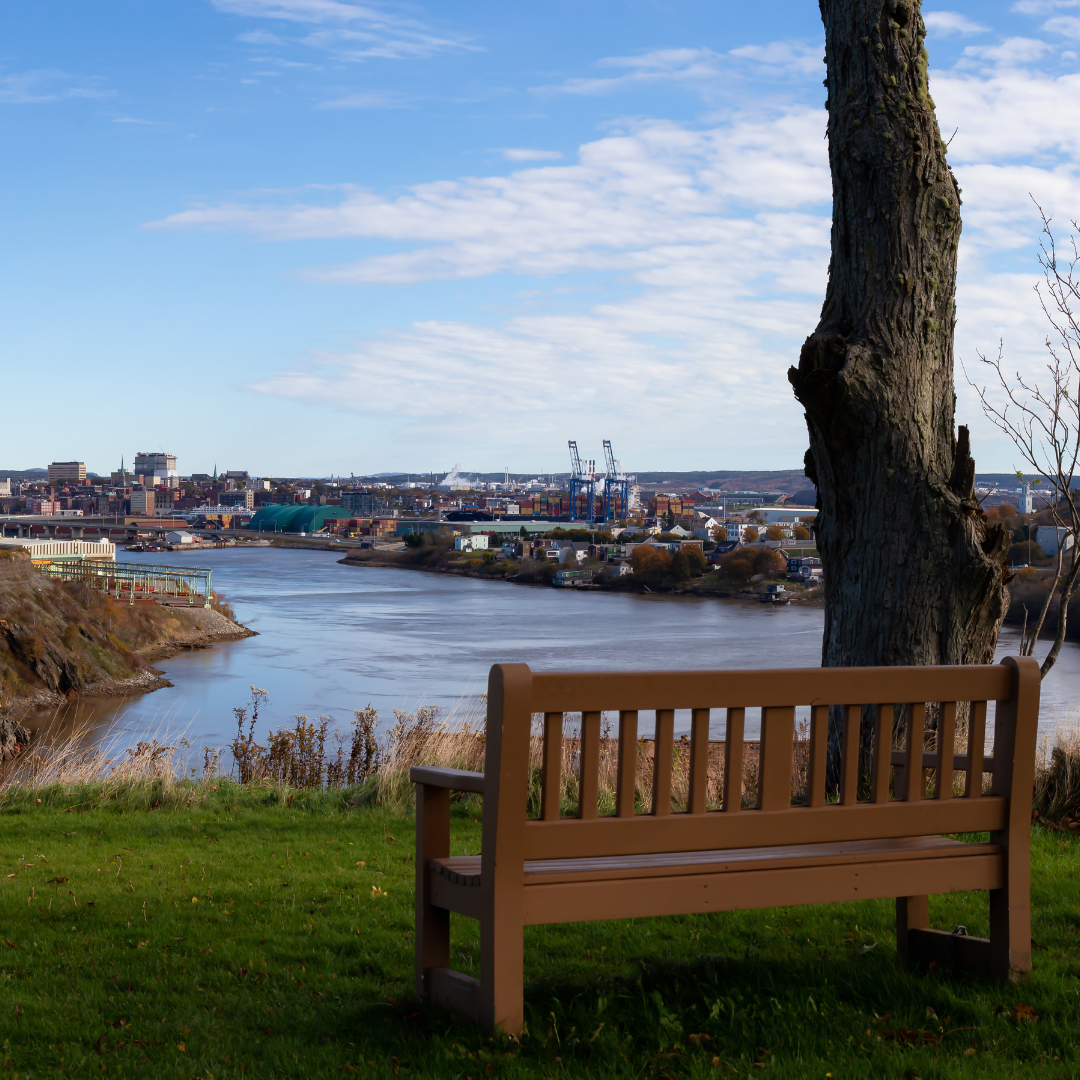Adapting to challenges and remaining housing focused in the pandemic is what got this Built for Zero Canada community to cut its chronic homelessness population by 10% in a matter of months. This blog is a part of our Bright Spot series highlighting outstanding work in ending homelessness happening across Canada.
 Saint John, New Brunswick made a few targeted changes to their system that left a major impact, including a 10% reduction in the number of people experiencing chronic homelessness.
Saint John, New Brunswick made a few targeted changes to their system that left a major impact, including a 10% reduction in the number of people experiencing chronic homelessness.
Since the Built for Zero Canada community established its By-Name List in 2018, they’ve shifted their approach to homelessness and emphasized the importance of common assessments and measurements, according to Michael MacKenzie, System Planner with the Human Development Council. It took about one year to achieve a Quality By-Name List.
“Now, having quality data allows us to prioritize areas for improvement within the system and make small changes that can end up having big impacts,” Michael says.
Quality data, community partnerships, and evolving some policies and practices were also key to achieving the reduction.
“Although homelessness is a significant issue in Saint John, compared to many larger communities, we have a relatively small chronically homelessness population,” he notes. “Achieving a 10% reduction in a matter of months demonstrates that we can make a significant impact—and that eliminating chronic homelessness altogether is an attainable goal.”
Changes and workarounds
The changes included putting resources into a full-time position for By-Name List coordination and landlord engagement. While the community struggles with a lack of affordable housing, the new position has been key to increasing housing supply and maintaining strong, lasting partnerships with landlords—even when a tenancy is unsuccessful.
Partnerships have also been integral to the reduction. Several new partners have been brought to the table, which has increased the availability of wrap-around supports.
“The partnerships around the table have been key to achieving this reduction,” Michael says. “New Brunswick Social Development has fully bought in to Coordinated Access, dedicating all rent supplements and NB Housing units for homeless individuals to the BNL. This has allowed us to close side-doors and ensure the community is working as cohesively as possible.”
Regular case conferencing has been structured to collaborate on removing barriers to housing clients and ensuring folks are adequately supported to retain their housing.
“As the Coordinated Access system has become more established in the community, agencies also have a deeper understanding of the By-Name List and its purpose, including who should be added and who should not,” Michael notes.
This strengthening and growth in partnerships was critical in adapting to the ongoing pandemic.
Despite COVID-19
While Saint John experienced a slight slow-down in move-ins during the first wave of COVID-19, their housing programs and support agencies continued to be housing focused and they saw higher than average move-ins in August and October, allowing them to achieve a reduction, according to Michael.
“As in every community, COVID-19 has had an impact on our work and has increased levels of stress all around (service providers and clients),” he says. “Luckily though, so far, we have avoided the spread of COVID among the homeless population and our incredible service providers have always remained housing focused.
“While there have been challenges with tenancy and landlord relations (partly related to the suspension of eviction legislation), these challenges have also allowed for a closer and more productive working relationship with our Residential Tenancies Tribunal—an unexpected upside.”
As a result of COVID-19 and inspired by the Recovery for All campaign, the team submitted a blueprint to end chronic homelessness to the province: Home for Recovery. The document emphasizes the need to prioritize an end to homelessness as part of a COVID-19 recovery plan.
“To this end, the provincial government has begun to develop a framework based on the recommendations of Home for Recovery,” Michael says.
Moving forward
After seeing a 10% reduction by focusing largely on outflow, the Saint John team is now shifting its focus again—this time to its inflow of people experiencing chronic homelessness on their By-Name List. They are currently in the process of testing effectiveness in new prevention and diversion programs, and they hope it will lead them to their goal of a 50% reduction in 2021.
“The Built for Zero Canada team has been an incredible support for us since the beginning,” Michael notes. “Breaking down projects into PDSAs (Plan, Do, Study Act Improvement Model) has allowed us to more intentionally measure, analyze and improve our process.”
Built for Zero Canada has also helped them utilize their data in new ways, which has allowed the Saint John team to report back to their community, demonstrate effectiveness in their system—and that has led to increased support for Coordinated Access.
Saint John also intends to use their data to demonstrate a demand for new housing developments, such as supportive housing for high acuity individuals. While over the past two years the By-Name list has successfully shifted their process for accessing housing and supports, they’ve only recently started tapping into its potential as a tool for advocacy.
“We are excited to be in a position to use quality data to influence a provincial strategy to end chronic homelessness,” Michael says.
This blog is a part of our Bright Spot series highlighting outstanding work in ending homelessness happening across Canada.
